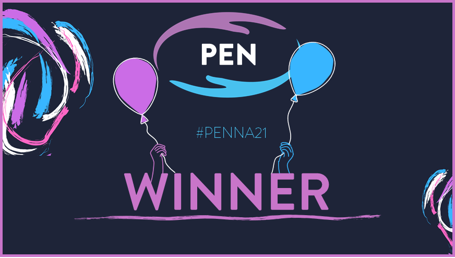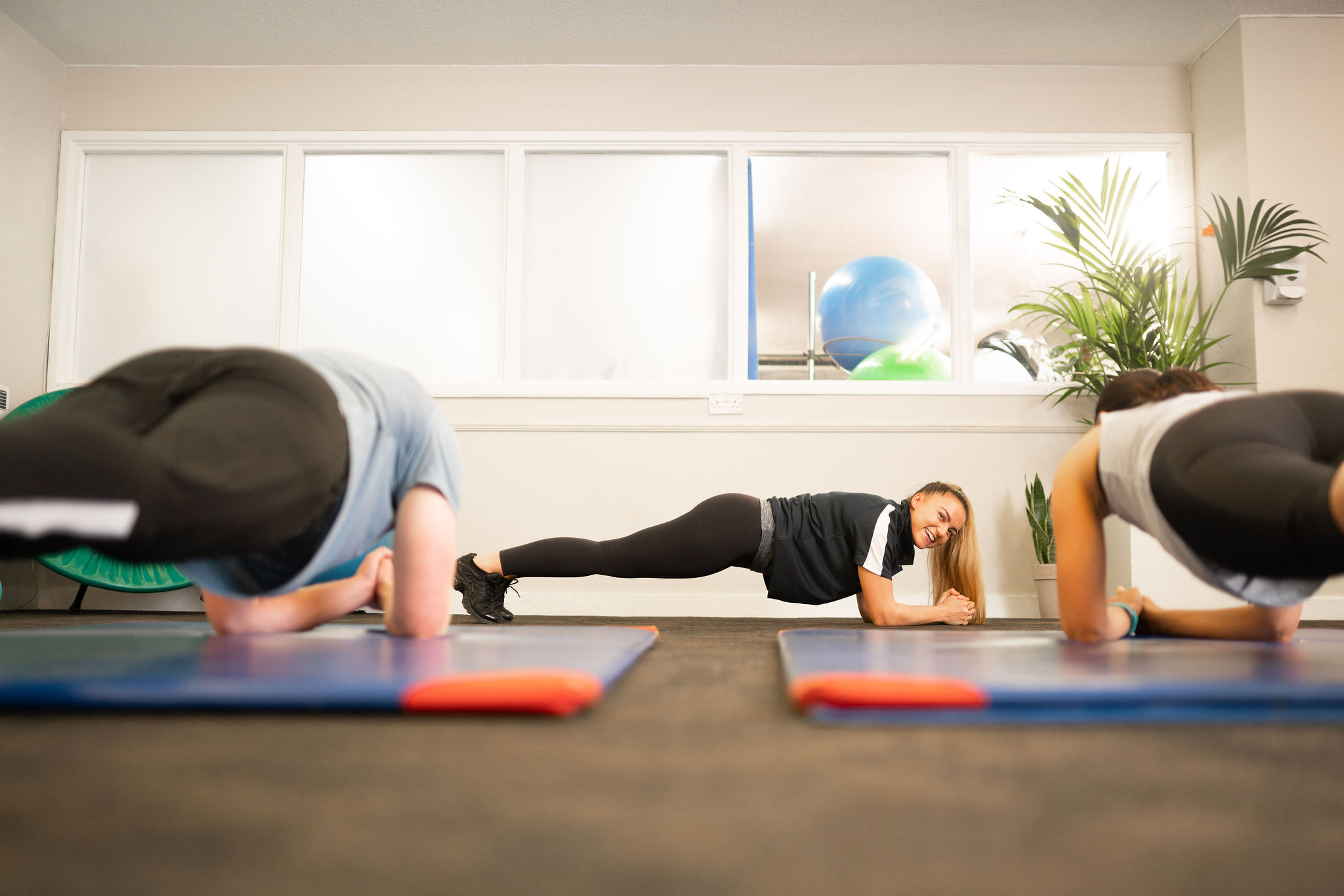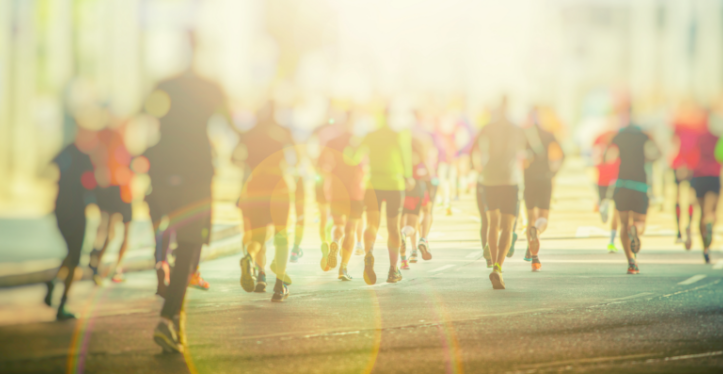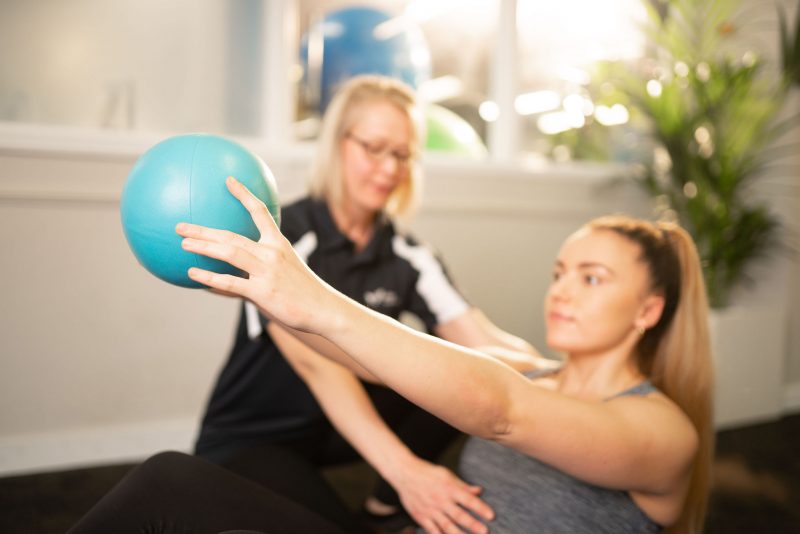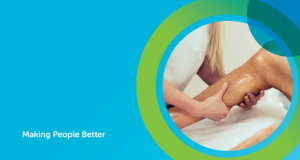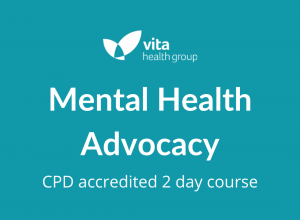What is Yoga (Vinyasa Flow)?
Yoga isn’t just about whether you’re able to touch your toes! The Sanskrit translation of ‘Vinyasa’ is “to place in a special way”. In the context of Vinyasa Flow yoga it refers to a specific sequence of movements that connect each asana (pose).
Whereas some styles of yoga involve holding a static pose for a prolonged period of time, Vinyasa Flow places importance on the way in which poses are linked together. In a sequence, the student is guided to fluidly transition from pose to pose encouraging the use of core strength and creating heat in the body to aid muscle flexibility. The synchronisation of movement with breath aims to transform the practice into a moving meditation.
Vinyasa Flow Yoga is a fantastic introduction either for students wishing to try yoga for the first time, or those that prefer a more restorative practice. The class is a steady pace offering students the opportunity to learn the fundamental alignment required for practicing safely but will also incorporate an element of play and the chance to enjoy full guided relaxation.
The classes also work on how breath work (pranayama) and meditation techniques can support the physical practice of yoga, alongside managing the symptoms of stress, anxiety and depression. A new theme is introduced each week allowing students to explore twisting, forward/backward bending, core strength, neck and shoulder release and more.
This programme is one that can be used in the long term to develop healthy habits, treat concerns, and develop your physical, mental, and emotional wellbeing.
Five elements of Vinyasa:
- Breath
- Bandhas “energy locks”
- Drishti “gaze”
- Vinyasa pose
- Asana pose
Students who are familiar with yoga will be able to progress deeper into asana, experiment with new sequences and focus on connecting their practice with breathwork and/or personal intention.
Classes look closely at the 5 elements of Vinyasa; Breath, Bandhas (“energy locks”), Drishti (gaze), Vinyasa and Asana (poses). This dynamic class will provide practitioners with an element of cardiovascular stimulation both warming the body and increasing muscle plasticity.
Classes allow students to develop strength and flexibility through asana practice. Additionally, end-of-class relaxation provides a space for students to put aside their daily anxieties and leave the studio feeling calm and revitalised.
other
Private Physical Health Services
Make an enquiry
If you would like to discuss treatment or make an appointment please complete the form and we will contact you.
Vita is an award-winning, CQC registered healthcare provider


